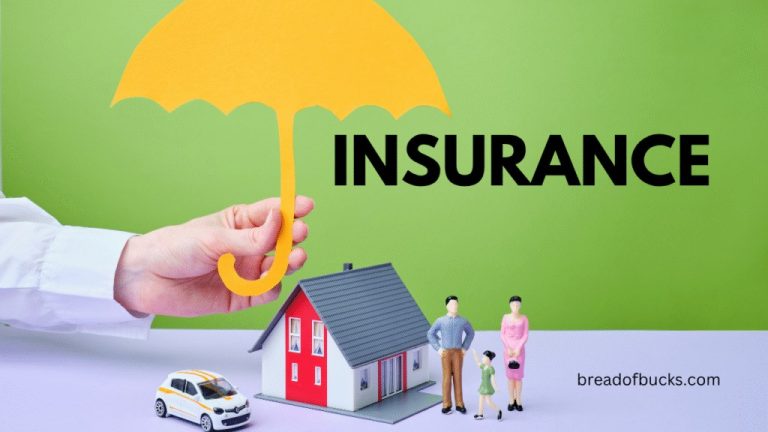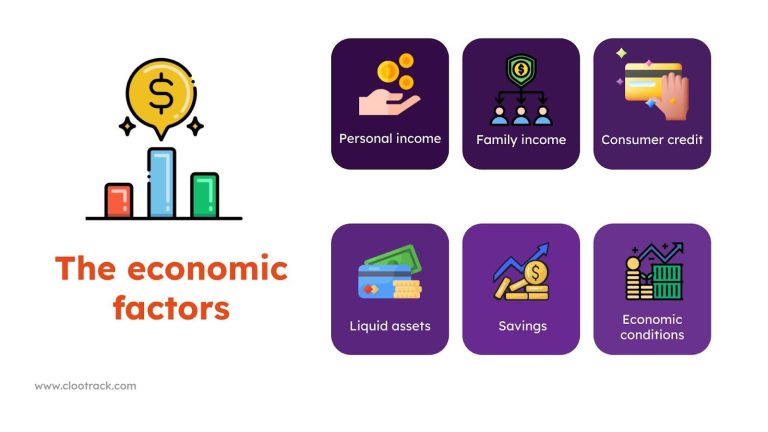How Insurers Assess Your Risk Profile
For most people, the process of obtaining an insurance quote feels like a black box. You provide a series of data points—your age, address, and credit score—and a few moments later, a number appears. This final premium often seems arbitrary, a mysterious calculation that you have no choice but to accept. However, this number is far from random. It is the result of a highly sophisticated and data-driven process where insurers meticulously assess your **risk profile**. In the simplest terms, an insurer is in the business of managing risk. They are calculating the probability that you will file a claim and the potential cost of that claim. The higher your perceived risk, the higher your premium will be. Understanding the various factors that go into this assessment is not just a matter of curiosity; it’s a critical component of being an informed consumer who can actively work to lower their costs and secure better coverage.
One of the most significant and often misunderstood factors in a risk assessment is your **credit score**. While the specific use of credit scores in insurance is highly regulated and varies by state, most insurers use what’s called a credit-based insurance score. This score is not the same as the one a lender uses to determine your creditworthiness, but it is derived from much of the same data. The rationale behind this is a statistical one: studies have shown a correlation between financial responsibility, as evidenced by a good credit history, and a lower likelihood of filing a claim. Insurers believe that individuals who manage their finances well are also more likely to be responsible in other areas of their lives, such as driving safely or maintaining their home. While this correlation may feel unfair to some, it is a powerful tool for insurers. Maintaining a good credit score by paying your bills on time and managing your debt responsibly is one of the most effective, albeit indirect, ways to positively influence your insurance premiums across the board, from auto to home policies.
Beyond your credit score, insurers use a wide range of data points to create a comprehensive picture of your risk. For **auto insurance**, they look at your driving record, including any accidents or violations. A history of speeding tickets or at-fault accidents is a clear indicator of a higher risk and will almost certainly lead to a higher premium. But they also consider factors that are not directly related to your driving history, such as the type of car you drive. A sports car is typically more expensive to insure than a sedan because it’s more likely to be involved in a high-speed accident and its parts are often more costly to replace. They also look at your location; an address in an urban area with a high rate of car theft or accidents will carry a higher premium than a suburban or rural address. All of these factors are fed into an algorithm to calculate a premium that is statistically tailored to your specific profile.
For **homeowners insurance**, the assessment is equally thorough. Insurers are not just concerned with the value of your home; they are concerned with its vulnerability. They will look at the age and condition of the property, as older homes with outdated plumbing or electrical systems are considered a higher risk for claims. They also consider the materials used in the home’s construction, the type of roof, and its proximity to a fire station and a fire hydrant, as these factors all impact the likelihood and cost of a claim. Furthermore, your home’s location is a critical factor. If you live in a region prone to natural disasters like hurricanes, earthquakes, or wildfires, your premiums will reflect that higher risk. This is a cold, hard calculation of probability, and it’s why a home in a high-risk area can be far more expensive to insure than an identical home in a low-risk one.
Ultimately, understanding how insurers assess your risk profile is the key to taking control of your insurance costs. It’s a process of acknowledging that your premium is a reflection of your behavior, your location, and your possessions. By actively working on the factors you can control—like improving your credit score, maintaining a clean driving record, and making your home safer—you can present yourself as a lower-risk candidate and secure a more favorable rate. It’s a shift from being a passive recipient of a quote to an active participant in the process. The insurer’s goal is to accurately price your risk, and your goal should be to present a profile that is as low-risk as possible. By aligning these goals, you can demystify the black box of insurance and ensure that you are getting the best possible value for your money.







